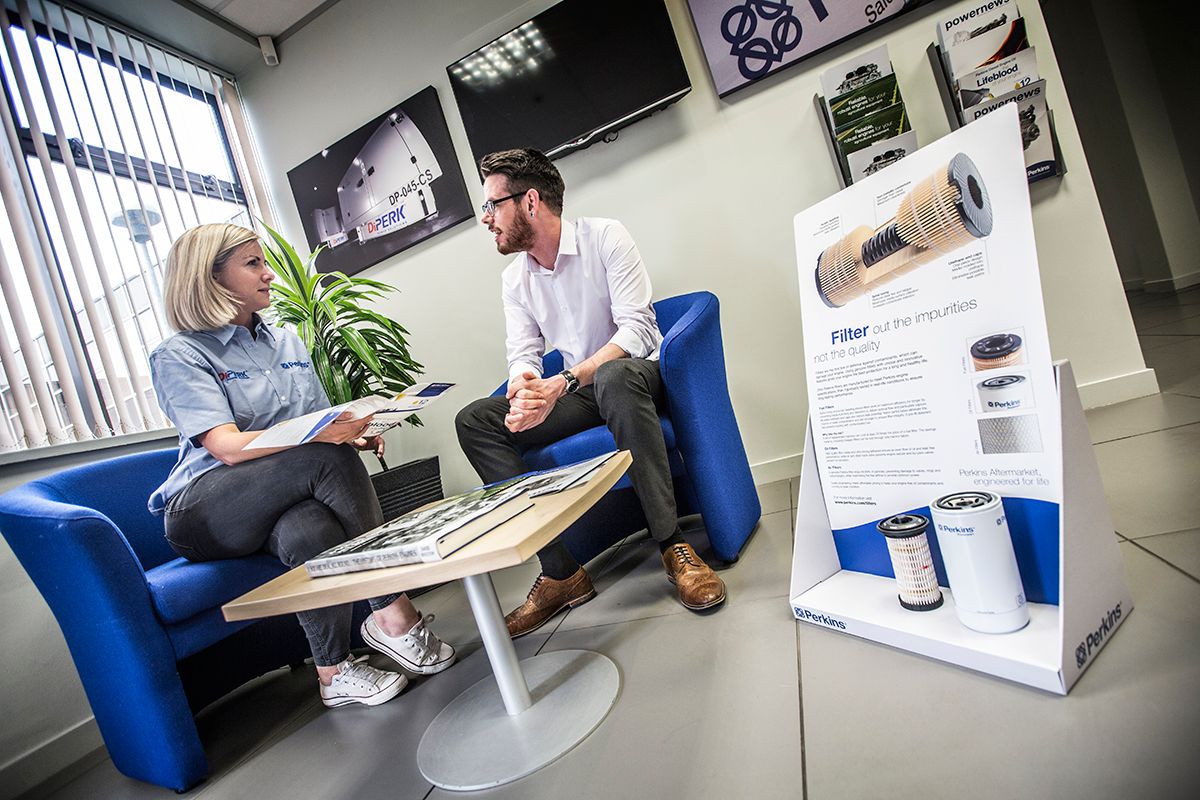Valves play an important role in your Perkins engine. They’re responsible for letting air into the main cylinder in the first stroke of the four stroke process and for allowing exhaust gases to escape on completion of the combustion cycle, which occurs in the fourth phase.
In the first phase, the inlet valve will open to allow air into the cylinder after it has passed through the air filter. During the second stroke, when the air is compressed to a very high temperature – around 1300°F – the inlet valve closes and forms a complete seal. Both valves stay shut during the third stroke, when the combustion process occurs, and on the fourth stroke, the outlet valve opens to allow the exhaust gases to escape.
To make this happen, the valves have to be capable of operating for long periods – thousands of times a minute – and at extremes of temperature. That’s where the value of precision engineering comes to the fore. Perkins genuine parts are guaranteed to meet these demands because they’ve been designed and built for the specific needs of your model of engine and no-one else’s.
Worn valves will cause issues with your engine, with decreased efficiency the very least of your potential problems. Ideally, valves should be checked and changed in line with the recommendations in your Operation and Maintenance Manual.
If you're ready to receive trusted advice from a Perkins expert, speak to our team today.
Connect with usOur digital magazine with the latest news, interviews and analysis.
Read moreYour regional Perkins Distributor can provide local, on-the-ground engine support.
Learn More


